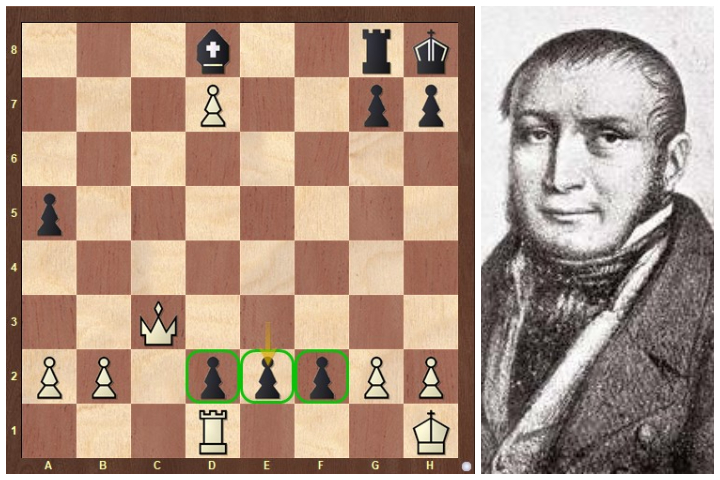


[Note that Jon Speelman also looks at the content of the article in video format, here embedded at the end of the article.]
Years ago on a car journey to a National Club match in England, a teammate told me how during his national service (obviously he’s not British, since we don’t have it) he’d been sent to a post on a very iffy border, just yards away from his counterparts on the other side. It was very unlikely that anything would happen, but still extremely unpleasant, since in that event he would have been right in the firing line.
The humble pawn is the foot soldier of chess and, especially if he’s a centre pawn, he can often spend a considerable period in a situation somewhat analogous to my teammate, eyeball to eyeball with the enemy in a fixed pawn chain. But if the chain breaks and he survives, then he can dream of glory with a coronation on the eighth rank.
A single passed pawn may be a huge threat if well-supported, but can also become a liability if not. And indeed this is one of the main themes of some openings — especially the Grünfeld in which, if things go well, Black can sometimes hope to gobble up a stray d-pawn in the endgame. Pawns hunt best in packs and two far-advanced connected passed pawns are already terrifying, while when occasionally there are more abreast they will usually be decisive whatever the material balance otherwise.
Today we look at some instances of these pawn “avalanches” in which the patter of tiny feet became thunder, starting with a rather amazing sequence from the recent Smyslov Memorial tournament in Moscow in which the same player, David Paravyan, created and then succumbed to an avalanche in successive rounds.
The most famous avalanche ever was at the end of one of the many games between Alexander McDonnell and Louis-Charles Mahé de La Bourdonnais, and it comes next. While picking the game up quickly from Megabase — which I did by putting black pawns on d2, e2 and f2 — I also found a Ukrainian junior game with the same three, but it’s not especially interesting otherwise.
We finish with a truly massive avalanche of white pawns (I suppose actually the metaphor works better when the snow is white), which I found in one of American National Master Sam Copeland’s articles elsewhere. The sacrifices which White made to create the avalanche were considerable — the exchange, and then later a rook for a pawn. But so powerful were the pawns that I doubt that he experienced too much anxiety as he pushed them inexorably forward to their coronations.
Select an entry from the list to switch between games
| Advertising |